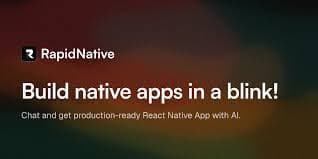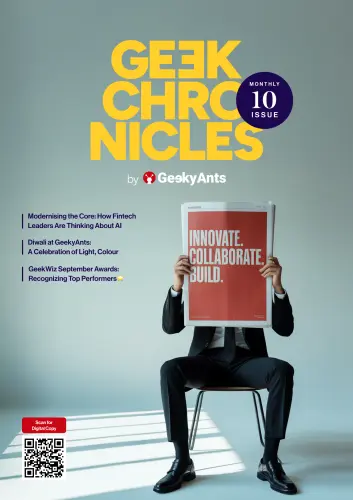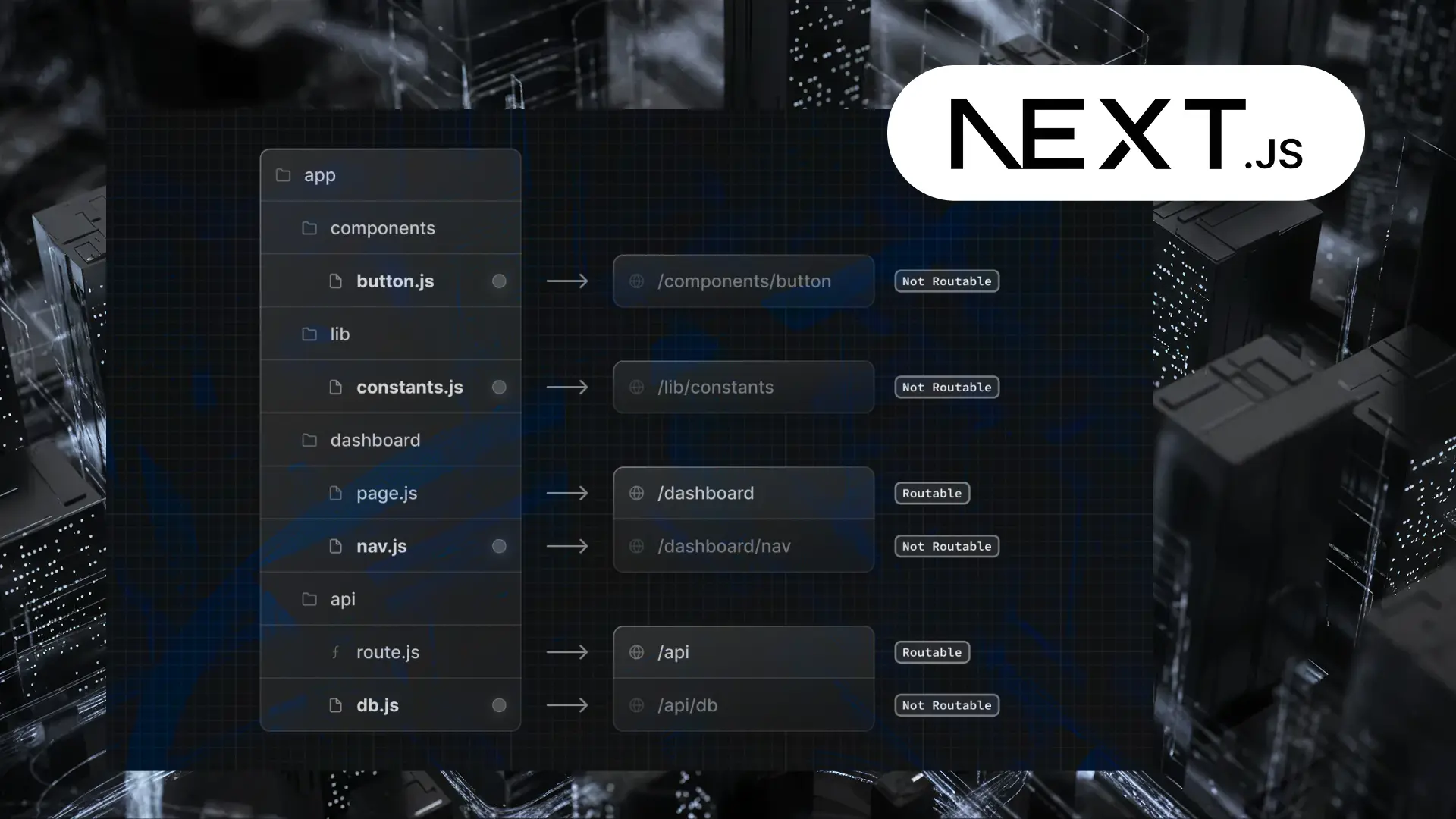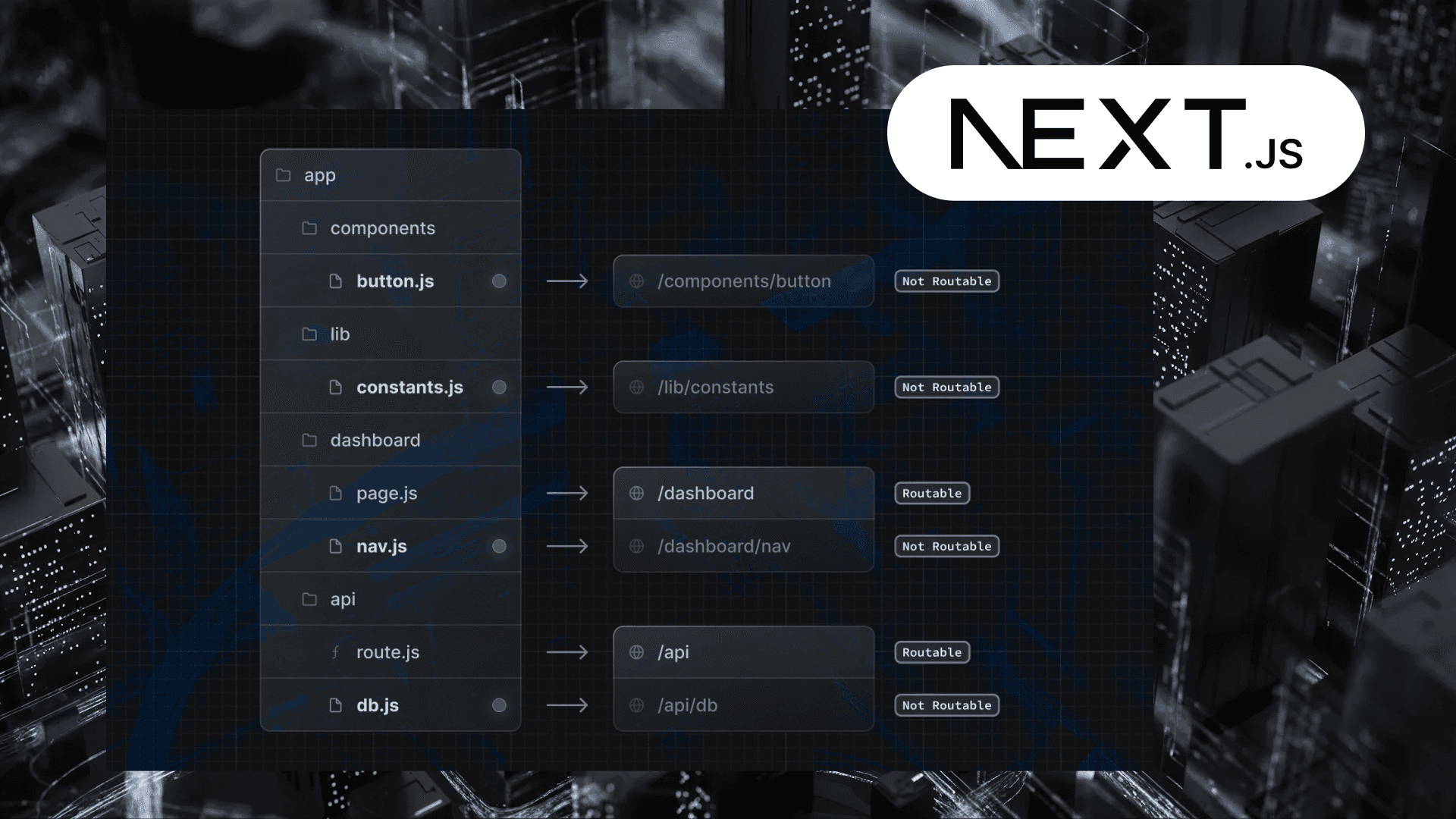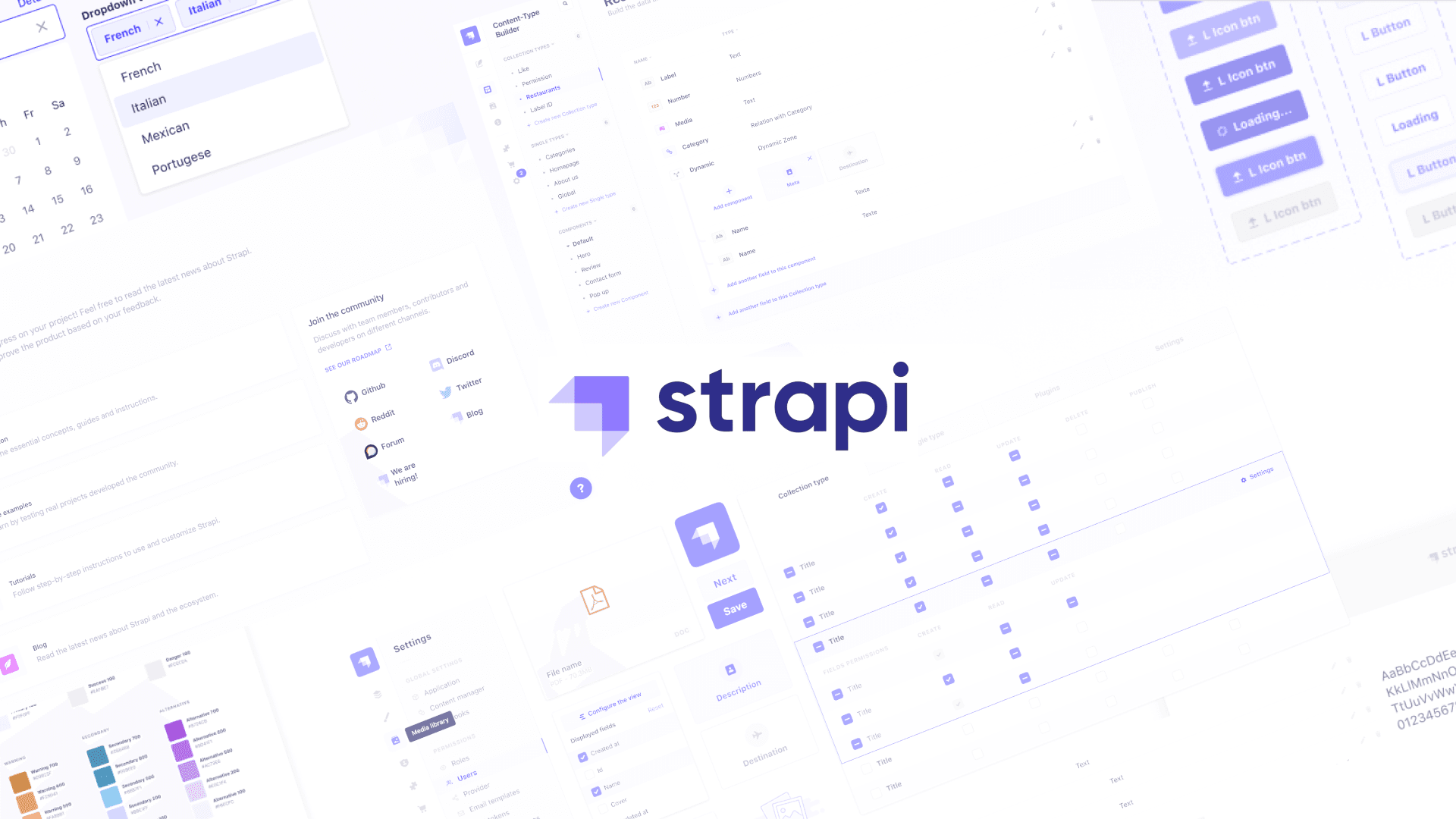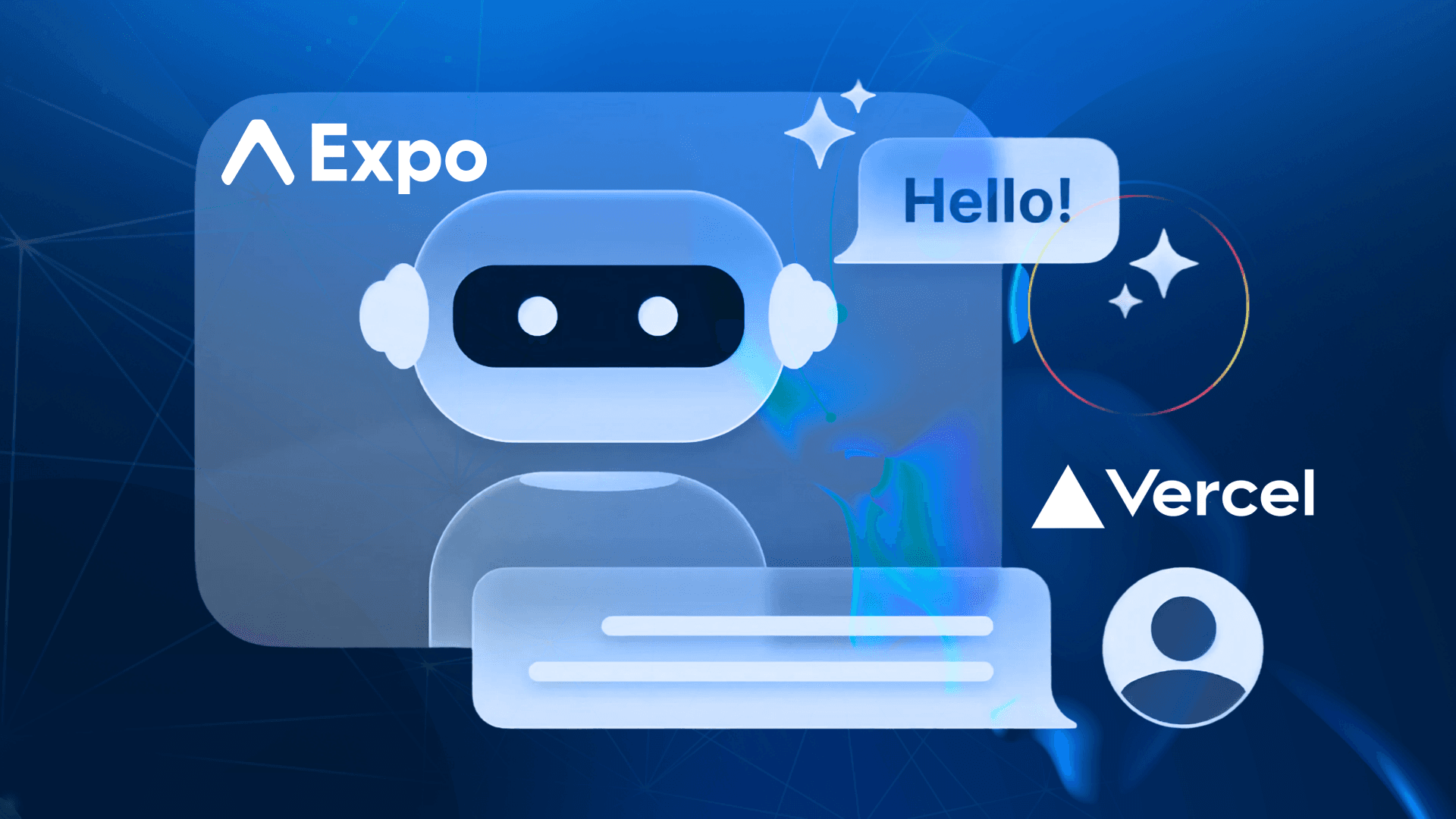Table of Contents
Context Window to Knowledge Graph: The Evolution of Memory in Language Models
Author

Date

Book a call
You prompt your favorite LLM with a question. It replies brilliantly. You ask for a follow-up. It forgets what you said two messages ago.
Sound familiar?
Despite their intelligence, language models have historically had the memory of a goldfish. But that's changing — fast. From sliding context windows to persistent knowledge graphs, LLMs are finally getting a memory upgrade, and it’s unlocking powerful new possibilities.
One of the most exciting frontiers in AI today is memory, not just token-based recall, but the ability for models to retain, reference, and reason over long-term knowledge across interactions.
In this blog, we’ll unpack how memory in language models has evolved — from static, finite context windows to dynamic, persistent systems like vector stores and knowledge graphs. Whether you are a developer building chatbots or an AI enthusiast following cutting-edge trends, understanding this shift is essential to making the most of modern LLMs.
We will cover the stages of memory development, technical foundations, practical architectures, and where things are headed next.
The Evolution of Memory in Language Models: From Context Windows to Cognitive Systems
1. Stage One: The Age of the Context Window
LLMs, like GPT-3 and GPT-4, began with limited “working memory” — essentially, a context window of a few thousand tokens.
- How it works: All memory is ephemeral. Once a message scrolls out of the context window, it's forgotten.
- Limitations:
- Cannot remember facts from earlier conversations.
- Struggles with multi-turn reasoning or long documents.
- Requires repetition and restating context often.
Stats:
- GPT-3 had a 2,048-token window. GPT-4 now supports 128k tokens.
- Anthropic's Claude 3.5 Vision claims to support over 200k tokens in a single prompt.
"Longer context helps, but true memory needs structure and persistence."
— Andrej Karpathy
2. Stage Two: Vector Databases and RAG (Retrieval-Augmented Generation)
To overcome memory limitations, developers began coupling LLMs with external memory systems using vector databases.
- How it works:
Text is embedded and stored in a vector store (like Chroma, Pinecone, or FAISS). At query time, relevant chunks are retrieved based on semantic similarity and injected into the prompt. - Advantages:
- Supports long-term memory across sessions.
- Enables private and domain-specific knowledge bases.
- Great for document Q&A, chatbots, and knowledge assistants.
Popular Stack:
- Embedding model (e.g., text-embedding-3-small)
- Vector store (e.g., ChromaDB)
- Retriever + Prompt template (LangChain, LlamaIndex, etc.)
Use Case Example:
A legal assistant chatbot that remembers prior cases, client details, and legal codes without storing them inside the LLM.
3. Stage Three: Memory APIs and Chat History Persistence
LLMs like ChatGPT (OpenAI) and Claude (Anthropic) have started offering "memory" modes, where the assistant can remember facts between sessions.
- OpenAI Memory (2024+): Remembers user name, preferences, and ongoing tasks across chats. You can view, edit, and delete these memories.
- LangChain Memory: Offers buffer, summary, and entity memory to track chat history across sessions.
- Challenge: Balancing personalization with privacy. Users must know what’s being stored, and why.
“Giving LLMs memory is like teaching them to grow a mind. But it must be a transparent mind.”
— Irene Solaiman, AI Policy Researcher
4. Stage Four: Knowledge Graphs as Long-Term Structured Memory
The next major leap is structuring memory using knowledge graphs (KGs), allowing LLMs to represent and reason over complex relationships.
- What is a KG?
A graph-based structure where entities (nodes) are connected by relationships (edges). Think: “Tesla → foundedBy → Elon Musk”. - How it works with LLMs:
- Entities and relationships are extracted from text using NLP.
- Stored in a graph database (e.g., Neo4j, TypeDB).
- Queried via embeddings or symbolic search, then used to ground or guide LLM outputs.
- Benefits:
- Persistent, explainable, and queryable memory.
- Great for multi-agent systems, personal assistants, research tools, and enterprise AI.
Use Case Example:
An AI research assistant that builds a knowledge graph of academic literature over time, linking papers, authors, methods, and findings for intelligent summarization and discovery.
5. Where We are Headed: Multi-Modal, Multi-Agent, Memory-Rich Systems
Memory is not just about recall — it's becoming context-aware cognition. Future systems will combine:
- Multi-modal memory: Not just text, but images, videos, voice, and sensor data.
- Agent-level memory: Each agent in a system (e.g., planner, researcher, summarizer) will have its own memory.
- Dynamic attention: Models will learn to prioritize which memories matter, discard irrelevant ones, and build “episodic” understanding.
Emerging Projects to Watch:
- MemGPT (Stanford): Agent with self-organizing memory stacks.
- ReAct + RAG agents: Combining reasoning traces with memory retrieval.
LlamaIndex KG Integrations: Building real-time KGs from unstructured data.
Conclusion
From short-term context windows to persistent, structured knowledge graphs, memory in language models is rapidly evolving — and reshaping how we design intelligent systems. Developers can now build assistants that remember, reason, and learn over time — unlocking more meaningful, long-term interactions.
If you are building AI tools or just exploring the frontier, now is the time to experiment with memory-enhanced architectures. The future of LLMs isn’t just about more parameters — it’s about building systems that think with memory.
Dive deep into our research and insights. In our articles and blogs, we explore topics on design, how it relates to development, and impact of various trends to businesses.
